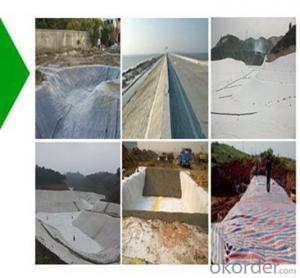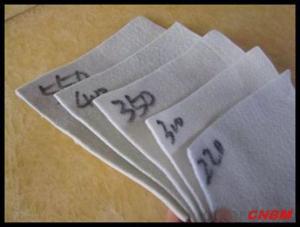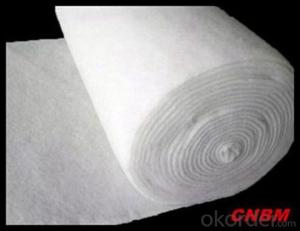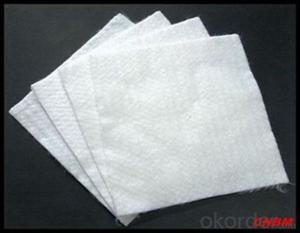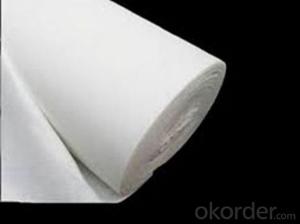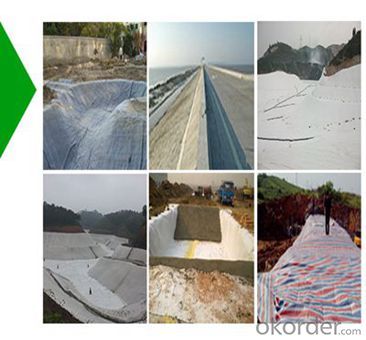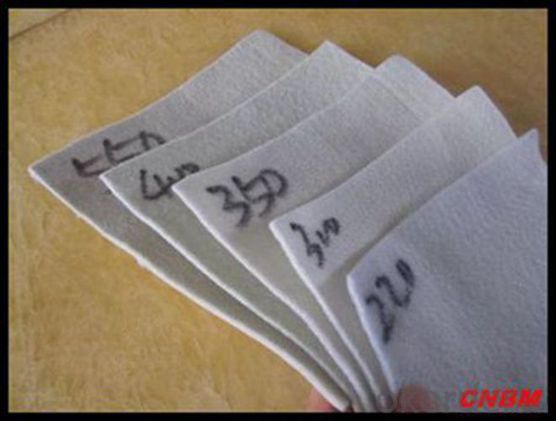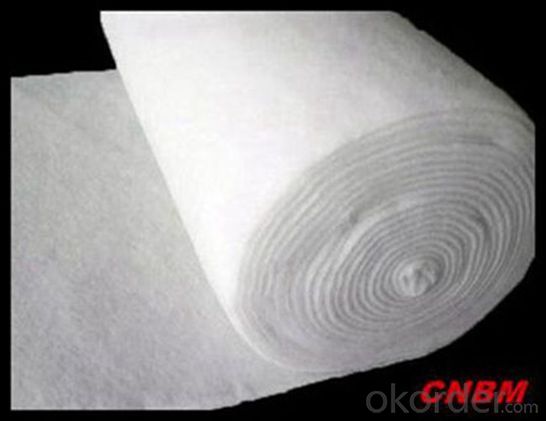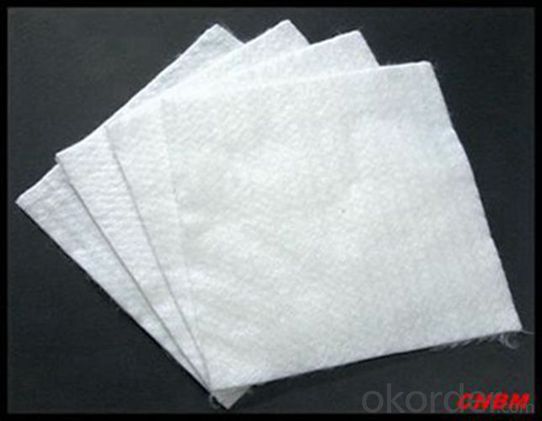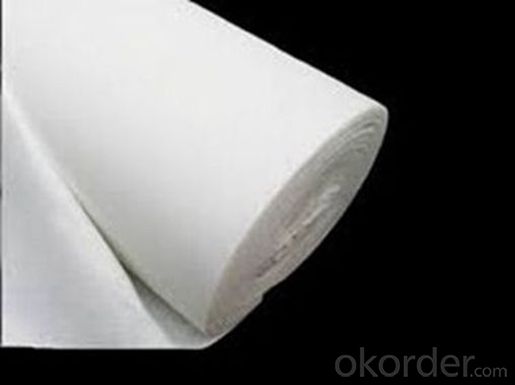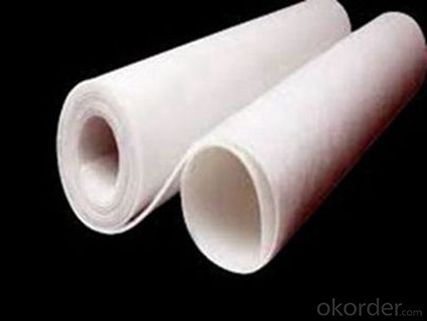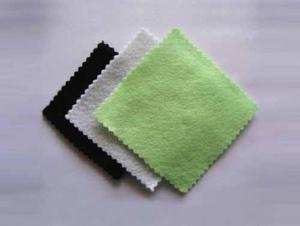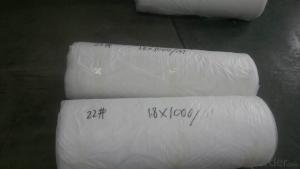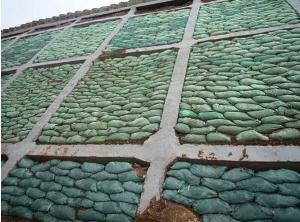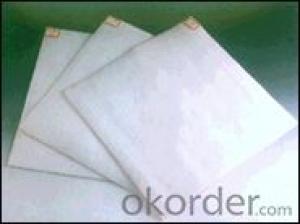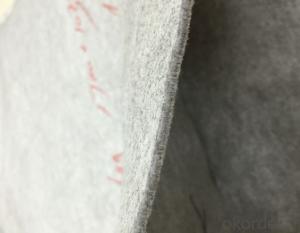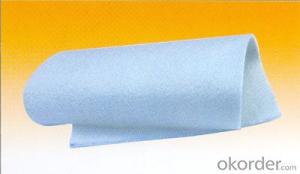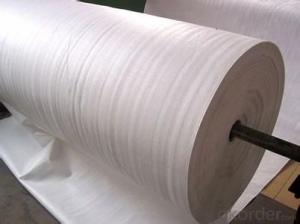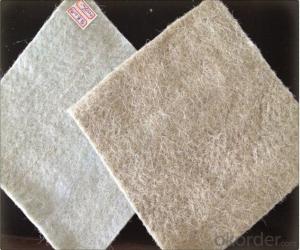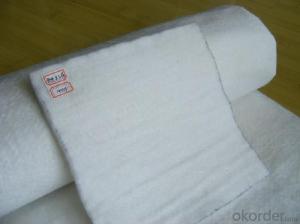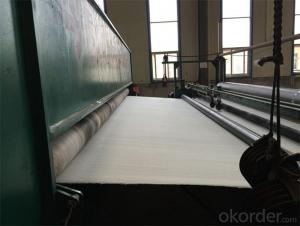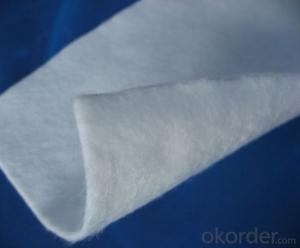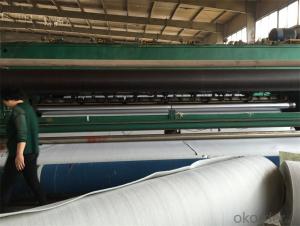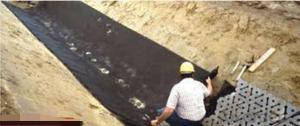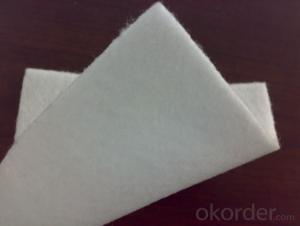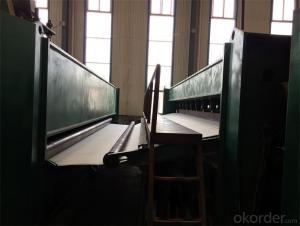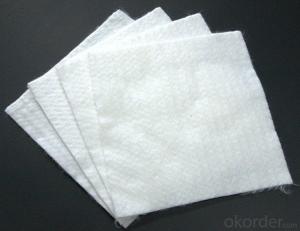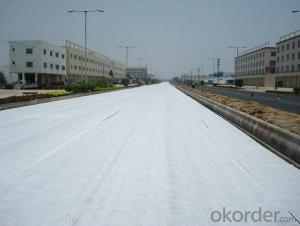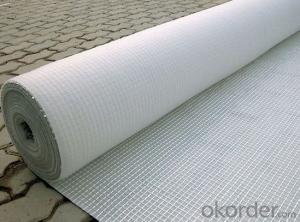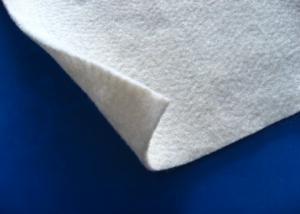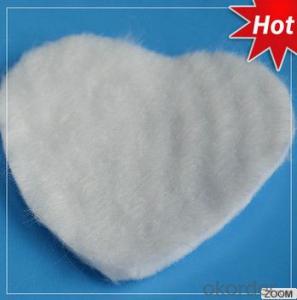Dupont Geotextile 3D Honeycomb Polypropylene Filter Non-Woven Geotextile Fabric 100% PP Spunbond
- Loading Port:
- China main port
- Payment Terms:
- TT OR LC
- Min Order Qty:
- 4000 m²
- Supply Capability:
- 1000000 m²/month
OKorder Service Pledge
OKorder Financial Service
You Might Also Like
Specification
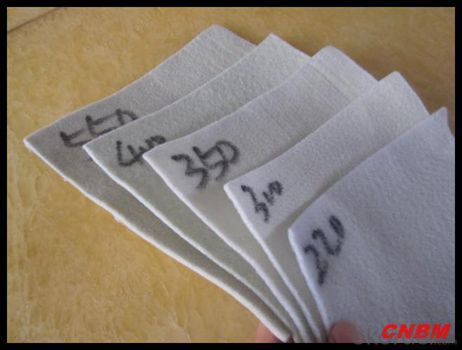
Application
While the nonwoven fabric can be used in almost any stabilization,separation or cushioning application,they are most commonly used in areas that also require filatration.The non woven design of the material provides a higher rate of flow through,making it easier for water to pass through the material.Some commen uses of the material includes the following:
Road stabilization applications
Roofs
Civil applications
Railway work
Landfill lining
Trenches
Dams
Fitration under rip rap and rocks
Environmental applications
NO.Specifications and indicators100150200250300350400450500600800Remark
1Deviation of mass per unit area2)(%)-8-8-8-8-7-7-7-7-6-6-6
2Thickness (mm≥)0.91.31.72.12.42.733.33.64.15
3Amplitude-deviation(%)-0.5
4Breaking strength(KN/m≥)2.54.56.589.51112.514161925LD/MD
5Elongation at break(%)25-100
LD/MD
6CBR burst strength(KN≥)0.30.60.91.21.51.82.12.42.73.24
7Equivalent aperture090(095)(mm)0.07-0.2
8Vertical permeability coefficient(cm/s)K×(10-1-10-3)K=1.0-9.9
9Tearing strength(KN≥)0.080.120.160.20.240.280.330.380.420.460.6LD/MD
Note: TD=transverse direction LD=longitudinal direction
Our Service
Quality assurance
1.On a regular basis or as per your request,we entrust national testing agencies to conduct quality inspections
2. Strictly in accordance with the ISO9001-2008 international quality system standard,we monitor and manage the whole process throughout production,quality testing,and measurement to ensure product quality
3. For quality-related construction delay or substandard construction(except for damage or losses due to customer’s responsibility or irresistible natural disasters),we have refunding,replacement,and repair services.We will respond to customers’ feedbacks on quality issues within 24 hours.
Q: What kind of payments does jenor support?
A: T/T, L/C, Cash are accepted.
Q: Do you charge for the samples?
A: Accordeing to our company policy, the samples are free, we only charge the freight fee. And we will return the freight fee during the next order.
Q: Can you produce according to customers' design?
A: Sure, we are professional manufacturer, OEM and ODM are both welcome.
Q: Do you have other products?
A: Yes, please check the pictures:
- Q: How is this set of water quotas? More
- Specializing in the production of geotechnical materials
- Q: What are the key considerations for geotextile installation in high water flow areas?
- Some key considerations for geotextile installation in high water flow areas include selecting a geotextile material with a high flow rate to allow for effective water drainage, ensuring proper anchoring and securing of the geotextile to prevent displacement, conducting thorough site investigations and assessments to determine the appropriate installation method and design, and monitoring the performance of the geotextile over time to identify any maintenance or repair needs. Additionally, considering the environmental conditions and potential impact on the geotextile's durability is crucial in high water flow areas.
- Q: What are the different geotextile durability test methods?
- There are several different geotextile durability test methods, including the accelerated aging test, the hydrolysis test, the ultraviolet (UV) exposure test, the chemical resistance test, and the abrasion resistance test. These tests are conducted to assess the long-term performance and durability of geotextiles in various environmental conditions.
- Q: How do geotextiles prevent soil erosion on slopes?
- Geotextiles prevent soil erosion on slopes by providing a stable and protective layer that helps retain the soil in place. These synthetic materials are placed on the slope and act as a barrier, preventing the soil from being washed away by rainfall or runoff. Geotextiles also promote proper drainage, allowing excess water to flow through while retaining the soil particles. This helps to maintain the integrity of the slope and reduce erosion caused by water movement.
- Q: Geotextile was wetted by what kind of treatment
- Geotextile was originally in the project to play a reinforced, protective, filter effect. So geotextile is not afraid of water, not afraid of wet, so do not fear wet. Damped geotextile is easy to get dirty, easy to carry. Generally dried can be used, do not need to do any treatment.
- Q: How do geotextiles help with soil separation and stabilization?
- Geotextiles help with soil separation and stabilization by acting as a barrier between different soil layers, preventing mixing and maintaining their individual characteristics. They also enhance soil stability by increasing its shear strength, preventing erosion, and improving drainage.
- Q: Can the geotextile of the filter layer be constructed?
- Try not to build on rainy days.
- Q: Geotextile need to adjust the humidity before sampling, what does this mean
- probably. For the first time I heard that geotextiles were sampled to be wet.
- Q: How do geotextiles help with soil erosion on slopes?
- Geotextiles help with soil erosion on slopes by providing a protective barrier between the soil and the forces of erosion. They are placed on the slope to stabilize the soil, prevent water runoff, and promote vegetation growth. The geotextiles allow water to pass through while trapping sediment, preventing it from being washed away. This helps retain the soil in place, reducing erosion and maintaining slope stability.
- Q: Can geotextiles be used in the protection of embankments?
- Yes, geotextiles can be used in the protection of embankments. Geotextiles are permeable textile materials that are placed in the soil to enhance its engineering properties. When used in embankments, geotextiles help in soil stabilization, erosion control, and drainage, thereby protecting the embankment from erosion, excessive water flow, and potential damage.
Send your message to us
Dupont Geotextile 3D Honeycomb Polypropylene Filter Non-Woven Geotextile Fabric 100% PP Spunbond
- Loading Port:
- China main port
- Payment Terms:
- TT OR LC
- Min Order Qty:
- 4000 m²
- Supply Capability:
- 1000000 m²/month
OKorder Service Pledge
OKorder Financial Service
Similar products
Hot products
Hot Searches
Related keywords
